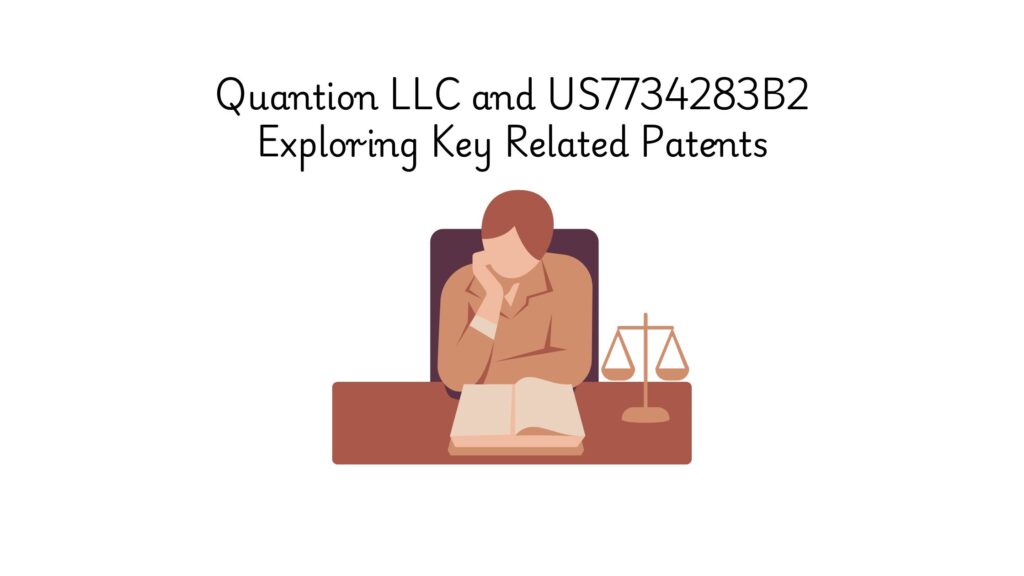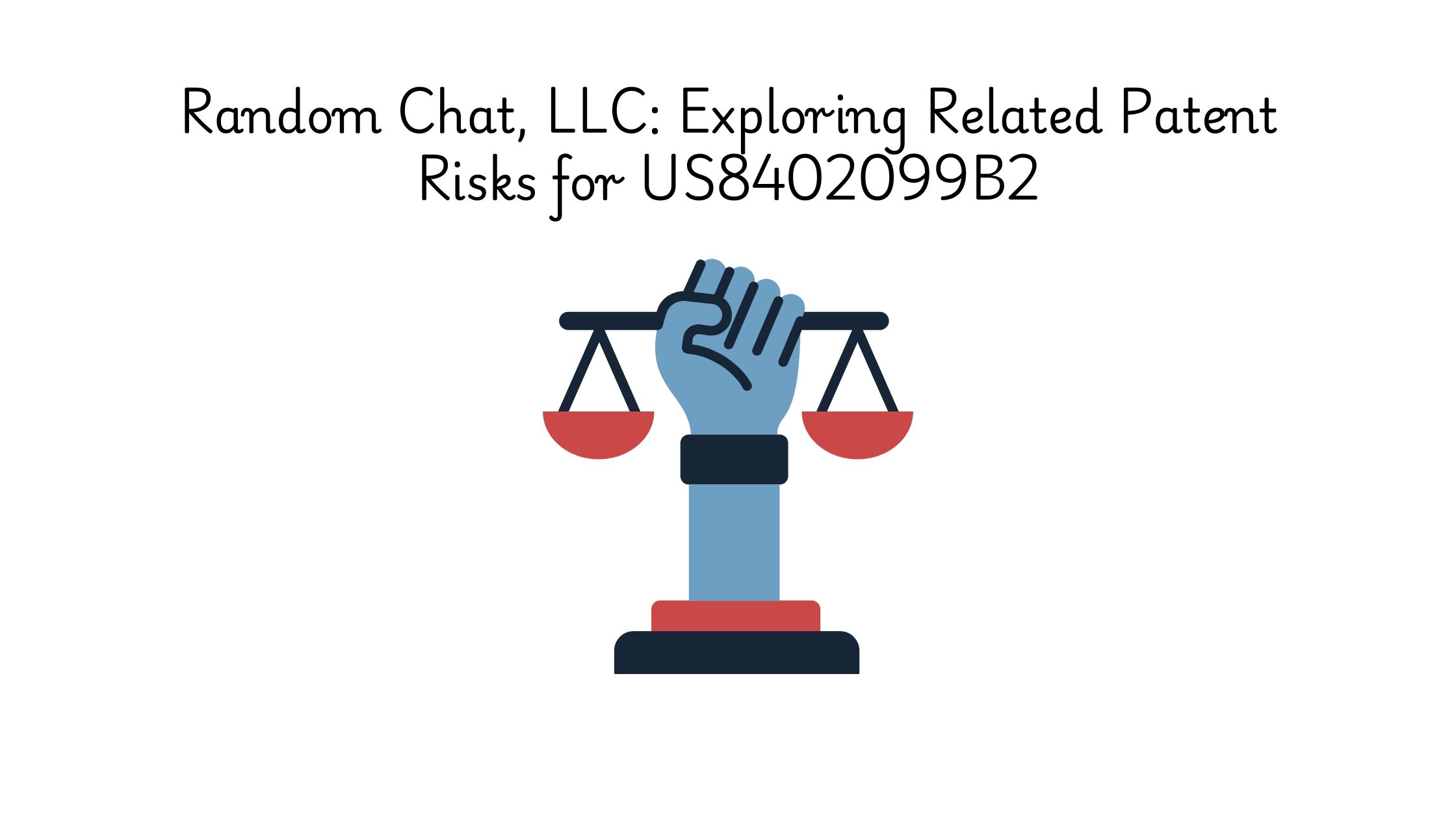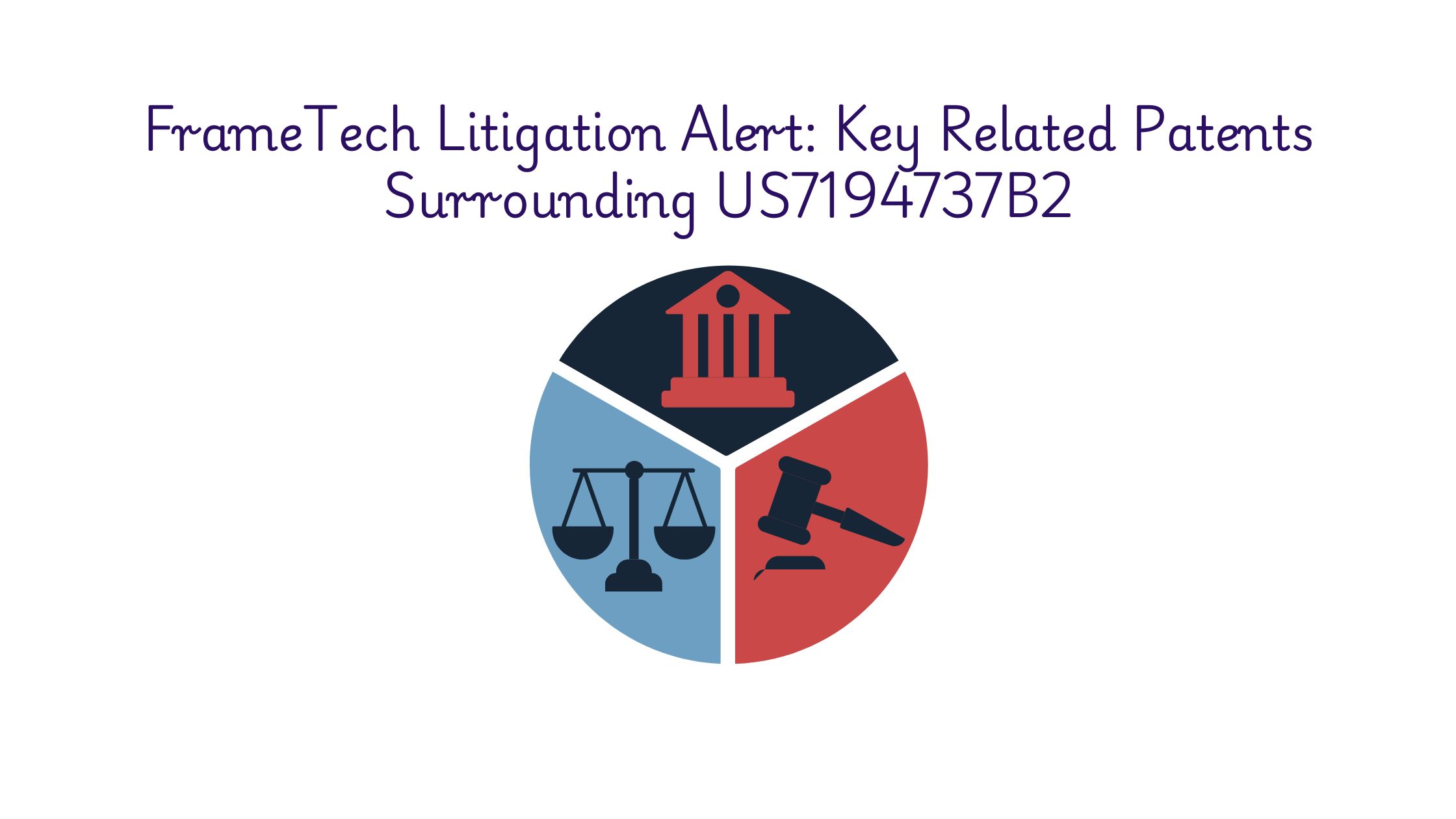US7734283B2 is currently under heavy litigation, with active cases against Vodafone US Inc., Enea AB, and Wyndham Hotel Group, LLC, filed by Quantion LLC, a known non-practicing entity. This patent isn’t just a standalone dispute; it’s part of a broader campaign involving over 90 related parties and a mix of ongoing and inactive lawsuits.
At the heart of the matter is a system for managing network communication between mobile devices and servers, essentially enabling mobile applications to communicate more efficiently over different network conditions using asynchronous messaging protocols.
Why is this patent being targeted? Because its technology touches the core of mobile communication architectures, especially those used in enterprise-grade apps, messaging systems, and mobile services, making it a lucrative focus for infringement claims.
With litigation heating up, identifying related patents is more important than ever. The Global Patent Search (GPS) tool simplifies this process. Just enter US7734283B2 to instantly discover connected technologies, uncover related claims, and map feature-level overlaps with existing patents.
Let’s dive deeper into what makes this patent so significant.
Understanding Patent US7734283B2
Patent US7734283B2 describes a method for enabling free wireless internet access via a hotspot after the user views a piece of sponsored or customized content. The system includes a management platform, a wireless access point (Hot Spot), and a mobile user station (such as a smartphone or laptop). The user connects to the hotspot, views advertising content for a set period, and gains Internet access without requiring pre-purchased credentials or paid subscriptions. This effectively monetizes Internet access through content exposure instead of direct payment.
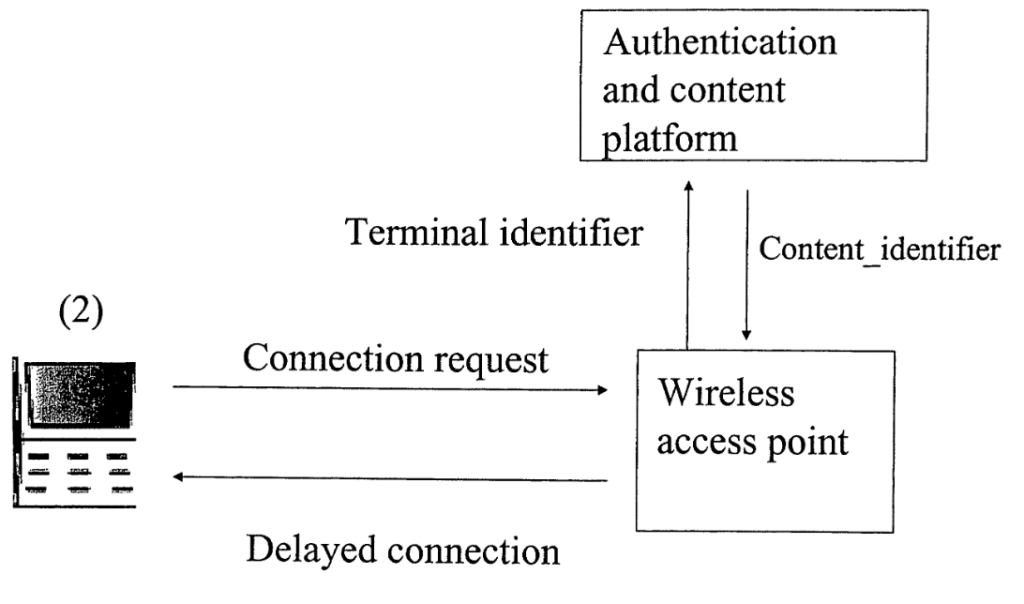
Source: US7734283B2
Its four key features are:
#1. Wireless session starts after the user views specific content: The connection to the internet is only granted once the user has seen an advertisement or content linked to the access point.
#2. Management platform handles content and authentication: A centralized platform manages what content to show based on the access point’s identity and automates user login post-display.
#3. Automatic or user-triggered login: The Internet session begins either automatically after the ad display ends or by clicking a login button shown afterward.
#4. User access is free, funded by advertisers: This model eliminates the need for user payment and instead leverages timed content exposure as the cost of access.
The invention covers mechanisms foundational to many modern public Wi-Fi login experiences, especially those involving free access in exchange for advertising. As such, it targets companies that operate or manage hospitality networks, carrier-grade hotspots, or app-based access platforms, all of which may rely on similar systems. Its broad claims and commercial relevance make it a strategic patent for litigation.
Related Patent Reference for US7734283B2
#1. US20040203602A1
This patent, filed on December 24, 2002, outlines a system for managing access to wireless hotspots using an authenticating entity and a wireless portable device. It provides a framework for establishing a session between a user station and a wireless access point, overseen by a management or authentication platform.
Key Features of this Related Patent:
- Three-party architecture for wireless access – Describes a system involving a management platform, wireless access point, and user station, directly reflecting the core setup of US7734283B2.
- Connection initiation between hotspot and platform – Establishes communication between the wireless access point and management server to enable user access.
- Request with identifier for authentication – The access point sends a request containing an identifier, fulfilling a crucial early step in the patented process.
- Advertising content as part of access – While advertising is not deeply integrated, the reference does mention the possibility of delivering hotspot-related ads, partially aligning with the subject patent.
This is how feature mapping from the tool looks like:
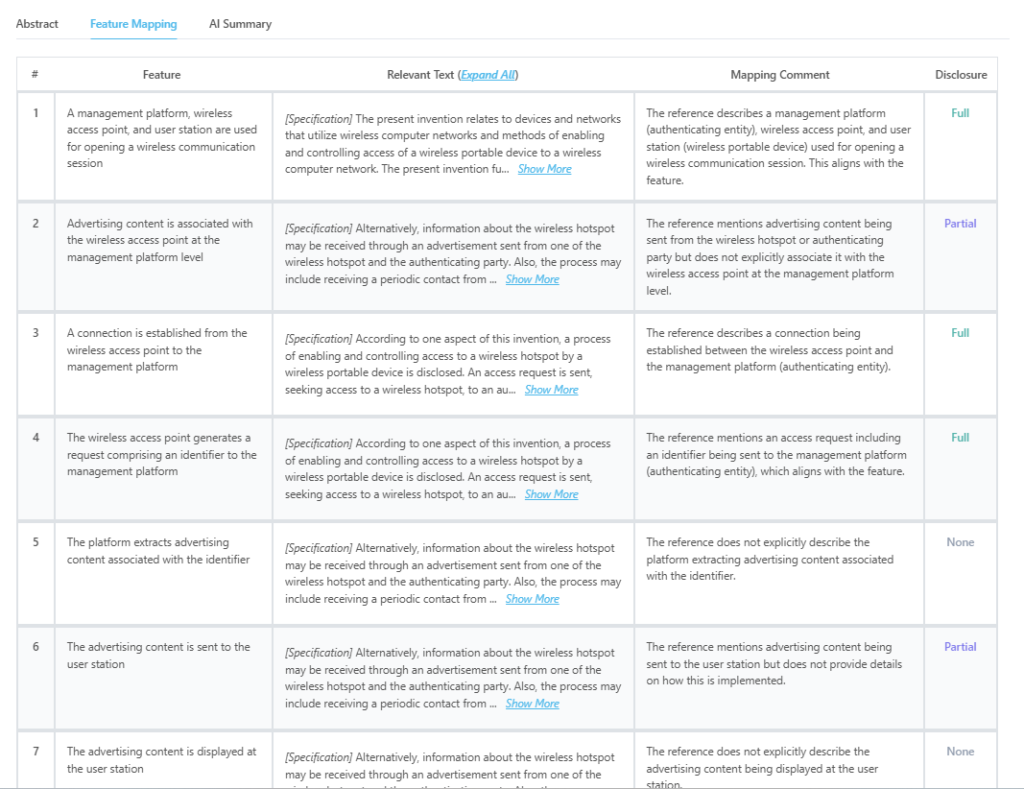
Source: GPS
Which features of US7734283B2 are disclosed by US20040203602A1?
| Key Feature of Claim 1 | Disclosure Status |
| Advertising content is associated with the wireless access point at the management platform leve.l | Fully Disclosed |
| A connection is established from the wireless access point to the management platform. | Partially Disclosed |
| The wireless access point generates a request comprising an identifier to the management platform. | Fully Disclosed |
| The wireless access point generates a request comprising an identifier to the management platform | Fully Disclosed |
| The platform extracts advertising content associated with the identifier. | Partially Disclosed |
| A wireless connection session is opened using the automatically generated identifier, password, and login. | Partially Disclosed |
| A wireless connection session is opened using the automatically generated identifier, password, and login | Partially Disclosed |
Key Excerpt from US20040203602A1:
“Alternatively, information about the wireless hotspot may be received through an advertisement sent from one of the wireless hotspot and the authenticating party. Also, the process may include receiving a periodic contact from the authenticating party to verify the wireless portable device’s access rights to the hotspot.”
#2. US20040053613A1
This patent, filed on December 12, 2002, outlines a system for maintaining wireless connectivity as a portable device moves between wireless access areas, ensuring seamless handoff and session continuity. The invention includes wireless access points, a service provider platform (acting as a management entity), and mobile devices, working together to authenticate and manage wireless sessions.
Key Features of this Related Patent:
- Three-component session control – Describes a system involving a service provider (management platform), wireless access points, and user devices, supporting the architecture found in US7734283B2.
- Authentication between access point and management platform – The access point communicates with the management system to authenticate devices and maintain session control.
- Logon request handling with identifiers – The access point receives a logon request from a device and passes this to the platform, partially fulfilling the identifier-driven request process.
- Credential generation and session access – Although credentials are not automatically generated after content viewing, the system does facilitate session initiation through identifier-based authentication.
Which features of US7734283B2 are disclosed by US20040053613A1?
| Key Feature of Claim 1 | Disclosure Status |
| A connection is established from the wireless access point to the management platform. | Fully Disclosed |
| The wireless access point generates a request comprising an identifier to the management platform. | Fully Disclosed |
| User identifier, password, and login are automatically generated after the preset time. | Partially Disclosed |
| A wireless connection session is opened using the automatically generated identifier, password, and login. | Partially Disclosed |
| A wireless connection session is opened using the automatically generated identifier, password, and login | Partially Disclosed |
Key Excerpt from US20040053613A1:
“A logon request from a wireless portable device is received by a first access point of a first wireless network. The request is sent to a service provider or authentication system to process credentials and establish connectivity between the device and network.”
#3. JP2004164576A
This patent, filed on June 20, 2003, outlines a user authentication method in a public wireless LAN service system involving a wireless user terminal, access point, and an authentication server. It describes how a wireless LAN user connects to an access point, communicating with an authentication platform to process login credentials and establish secure session access.
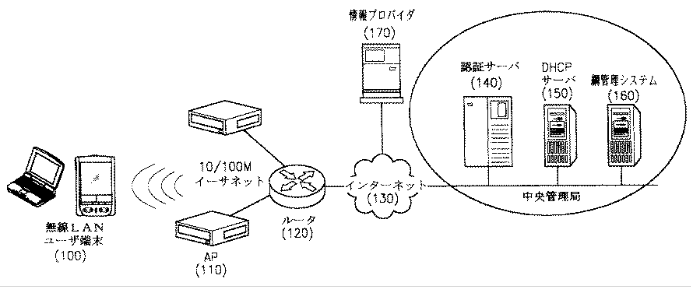
Source: JP2004164576A
Key Features of this Related Patent:
- Standardized wireless session architecture – The system involves a user terminal (station), wireless access point, and an authentication server (management platform), directly matching the foundational structure of US7734283B2.
- Secure authentication via ID exchange – A request and response ID system is used to authenticate users, enabling the access point to forward user credentials to the central platform.
- Credential-based session establishment – A wireless session is initiated through an ID/password exchange between the terminal and authentication server.
- Partial automation in credential generation – While not triggered by preset ad viewing, the system describes automatic handling of identifiers and login credentials during the authentication flow.
Which features of US7734283B2 are disclosed by JP2004164576A?
| Key Feature of Claim 1 | Disclosure Status |
| A connection is established from the wireless access point to the management platform. | Fully Disclosed |
| The wireless access point generates a request comprising an identifier to the management platform. | Fully Disclosed |
| User identifier, password, and login are automatically generated after the preset time. | Fully Disclosed |
| A wireless connection session is opened using the automatically generated identifier, password, and login. | Partially Disclosed |
| A wireless connection session is opened using the automatically generated identifier, password, and login | Partially Disclosed |
Key Excerpt from JP2004164576A:
“The access point transmits a RESPONSE_ID message to the authentication server, and the authentication server responds with a REQUEST_AUTH message confirming the user’s password. When the same user reconnects later, immediate authentication is possible without repeating the full process, due to the saved identifier.”
#5. JP2004186846A
This patent, filed on December 2, 2002, outlines a wireless network system that enables users to access local hotspots and receive communication services, including internet connectivity, through partnerships with telecommunications carriers. The system includes a management platform (telecom operator), wireless access points (hotspots), and end-user stations (devices).
Key Features of this Related Patent:
- Three-tier wireless session setup – Describes a system involving a telecommunications carrier (management platform), multiple hotspots (access points), and user devices (stations) to establish a wireless session.
- Carrier-based authentication flow – Details a process where access points connect to a management system to validate user credentials based on their subscription.
- Session establishment through user partnerships – Emphasizes connectivity through user affiliation with hotspot operators, supporting credential-based access logic.
- Limited credential automation – The system supports automatic authentication for subscribed users, partially aligning with the credential automation in US7734283B2.
Which features of US7734283B2 are disclosed by JP2004186846A?
| Key Feature of Claim 1 | Disclosure Status |
| A connection is established from the wireless access point to the management platform. | Fully Disclosed |
| User identifier, password, and login are automatically generated after the preset time. | Fully Disclosed |
| A wireless connection session is opened using the automatically generated identifier, password, and login. | Partially Disclosed |
| A wireless connection session is opened using the automatically generated identifier, password, and login | Partially Disclosed |
Key Excerpt from JP2004186846A:
“In the wireless network system that implements the wireless network operation method of the present invention, the user has a partnership with the operator of each of the plurality of hotspots for receiving communication services, and authentication is automatically carried out based on that relationship.”
Feature Comparison Table
| Key Feature of Claim 1 | US20040203602A1 | US20040053613A1 | JP2004164576A | JP2004186846A |
| Advertising content is associated with the wireless access point at the management platform level. | Fully Disclosed | Fully Disclosed | Fully Disclosed | Fully Disclosed |
| A connection is established from the wireless access point to the management platform. | Partially Disclosed | Not Disclosed | Not Disclosed | Not Disclosed |
| The wireless access point generates a request comprising an identifier to the management platform. | Fully Disclosed | Fully Disclosed | Fully Disclosed | Fully Disclosed |
| The wireless access point generates a request comprising an identifier to the management platform | Fully Disclosed | Partially Disclosed | Fully Disclosed | Not Disclosed |
| The platform extracts advertising content associated with the identifier. | Partially Disclosed | Not Disclosed | Not Disclosed | Not Disclosed |
| The advertising content is sent to the user station. | Partially Disclosed | Not Disclosed | Not Disclosed | Not Disclosed |
| The advertising content is displayed at the user station. | Not Disclosed | Not Disclosed | Not Disclosed | Not Disclosed |
| A preset time period, longer than the display duration, forces the user to view the content. | Not Disclosed | Not Disclosed | Not Disclosed | Not Disclosed |
| User identifier, password, and login are automatically generated after the preset time. | Not Disclosed | Partially Disclosed | Partially Disclosed | Partially Disclosed |
| A wireless connection session is opened using the automatically generated identifier, password, and login. | Partially Disclosed | Partially Disclosed | Partially Disclosed | Partially Disclosed |
How to Find Related Patents Using Global Patent Search
Identifying related patents is essential for evaluating a patent’s validity, especially in the context of litigation. The Global Patent Search tool offers a streamlined, feature-focused method to uncover relevant technologies and assess overlap with existing claims. Here’s how it works:
Search by patent number or description – Simply enter a patent number like US7734283B2 or use targeted keywords to retrieve a focused set of related patents.
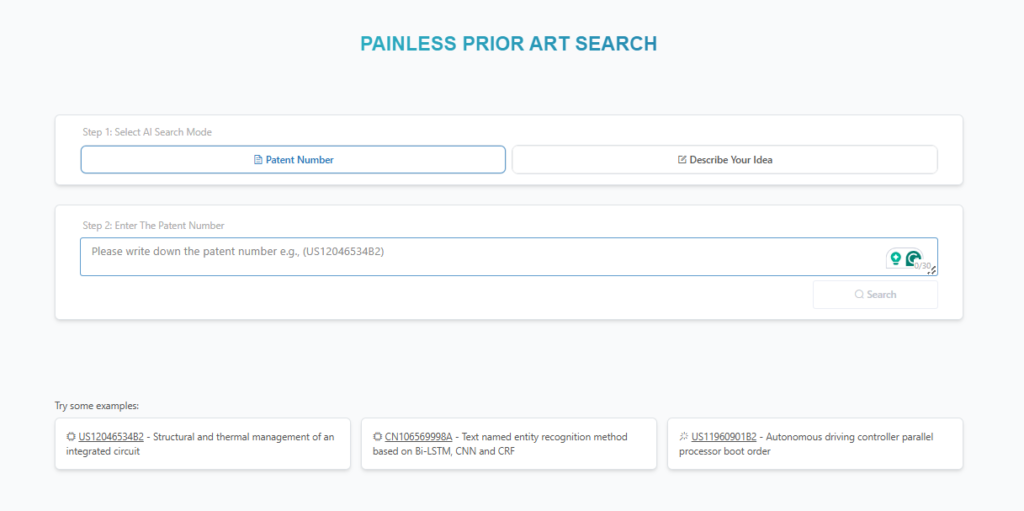
Source: GPS
Leverage feature mapping – Instantly compare claim elements against thousands of existing patent documents with side-by-side mapping.
Review matching results – Browse structured results highlighting which features are fully, partially, or not disclosed across other patents.
Analyze detailed reports – Each related patent has a breakdown of disclosures and key excerpts, allowing for informed comparisons.
Make confident decisions – With factual, claim-level data, legal teams can assess risk, develop litigation strategy, or uncover new arguments.
Whether defending or asserting a patent, GPS helps legal professionals cut through complexity and focus on what’s most relevant – the claims.
Discover the Related Patents That Could Change Your Case
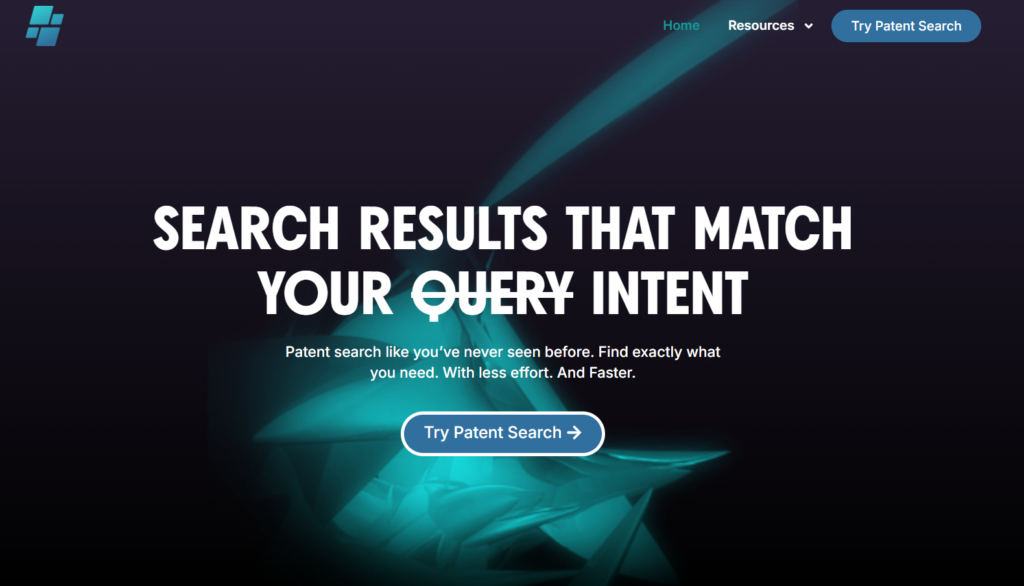
In high-stakes patent litigation, every detail counts, and the right related patent could shift the balance. With Global Patent Search, you’re not guessing. You’re strategizing with precision.
- Instant, targeted results – Find what matters without the noise.
- Unmatched claim-level mapping – See exactly where overlaps exist and where they don’t.
- Litigation-ready insights – Build stronger arguments backed by real data.
Don’t rely on assumptions or outdated methods. Use the tool professionals trust to uncover hidden connections and gain the upper hand.
Start using Global Patent Search now and turn information into leverage.
Disclaimer: The information provided in this article is for informational purposes only and should not be considered legal advice. The related patent references mentioned are preliminary results from the Global Patent Search (GPS) tool and do not guarantee legal significance. For a comprehensive related patent analysis, we recommend conducting a detailed search using GPS or consulting a patent attorney.

